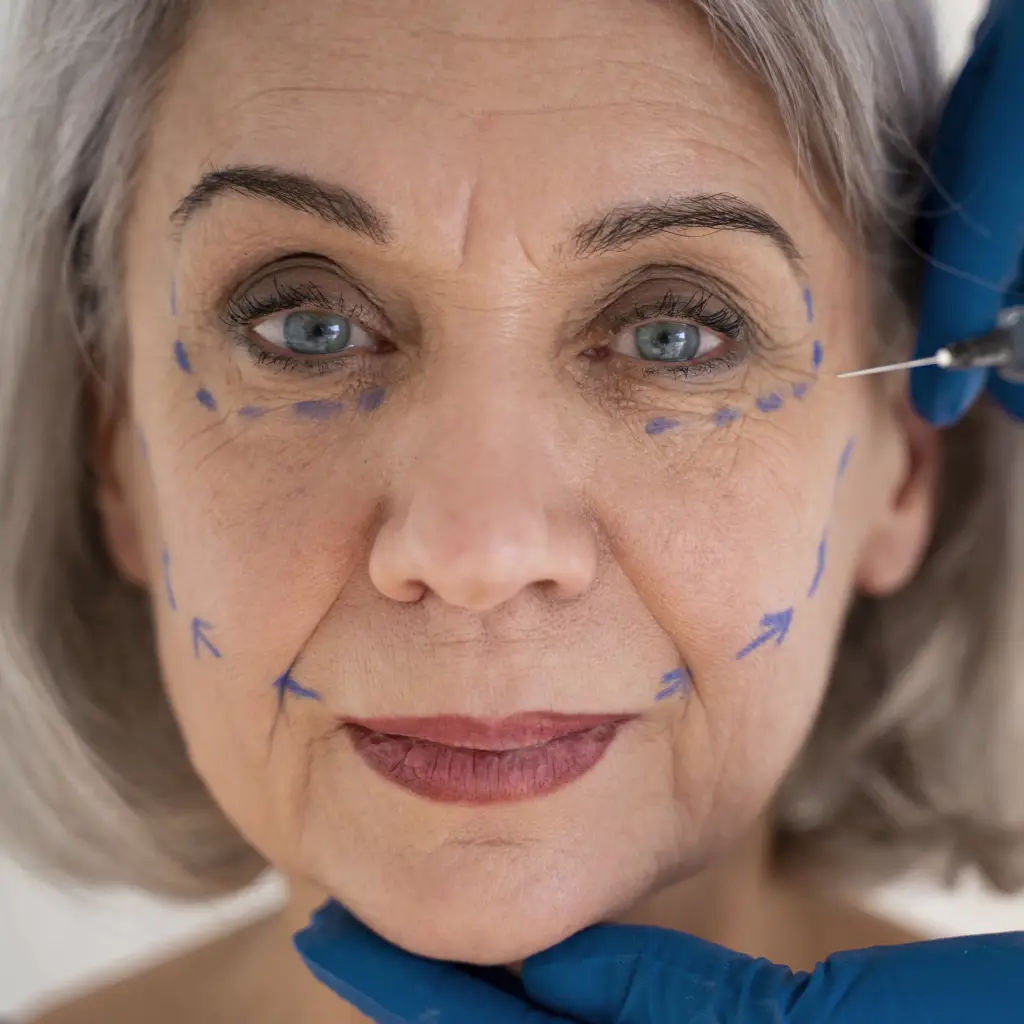The Hidden Art That Makes Stage Fights Feel Real (And Keeps Everyone Safe)Have you ever been completely captivated by a sword fight on stage? That moment when the clash of steel echoes through the theater, the actors move with such precision and intensity that you forget you’re watching a performance? It’s pure magic, isn’t it? …
The Hidden Art That Makes Stage Fights Feel Real (And Keeps Everyone Safe)
Have you ever been completely captivated by a sword fight on stage? That moment when the clash of steel echoes through the theater, the actors move with such precision and intensity that you forget you’re watching a performance? It’s pure magic, isn’t it? But what you’re witnessing isn’t just spontaneous heroics or reckless bravery. Behind every believable punch, every convincing sword clash, every seemingly dangerous fall, lies a meticulously crafted world known as stage combat choreography. It’s an art form that blends athleticism, storytelling, and profound respect for safety into a seamless illusion. Today, we’re pulling back the curtain on this incredible discipline, exploring why it matters far beyond the footlights and how the principles used by these dedicated artists can actually teach us valuable lessons about mindful movement and protecting our bodies in everyday life. Forget the idea of random brawling; this is dance, this is theater, this is safety elevated to an art.
Understanding the Heartbeat of the Fight: More Than Just Swinging Swords
At its absolute core, stage combat choreography is storytelling through controlled violence. Every single movement, every parry, every strike thatalmostlands, is carefully designed to convey a specific emotional beat, advance the plot, and keep every single person involved completely unharmed. It’s not about who can hit the hardest; it’s about who can make the audiencebelievethe hit connects, all while ensuring it absolutely does not. This requires an extraordinary level of trust between the performers. Imagine standing inches away from a swinging blade, knowing your safety depends entirely on your partner’s timing, spatial awareness, and unwavering commitment to the agreed-upon sequence. That trust isn’t built overnight. It’s forged in rehearsal rooms through countless repetitions, constant communication, and a shared understanding that the well-being of the ensemble is non-negotiable. The choreographer acts as the architect, designing the fight like a complex puzzle where every piece – the actors, the space, the weapons, the story – must fit together perfectly to create the desired effect without a single misstep causing real harm. It’s physical chess played at high speed, demanding absolute presence and mutual respect.
The Unseen Foundation: Conditioning Your Body for Controlled Impact
You might think stage combat is all about learning the flashy moves, but the real magic happens long before the first sword is drawn. The foundation of safe, effective, and sustainable stage fighting is a deeply committed physical practice focused on strength, flexibility, endurance, and, crucially, body awareness. Actors engaged in combat work understand that their bodies are their primary instruments, and they treat them with the care of elite athletes. This means dedicated time spent building core strength – the powerhouse that stabilizes every lunge, every turn, every controlled fall. It involves stretching routines that go far beyond a quick pre-show warm-up, aiming for the kind of fluid, pain-free range of motion that allows for dynamic movement without straining vulnerable joints. Cardiovascular fitness is equally vital; a fight sequence that looks effortless and sustained on stage is often incredibly demanding physically, requiring stamina to maintain precision even when breathless. Crucially, this conditioning isn’t about bulking up for brute force; it’s about cultivating resilient, responsive bodies capable of executing intricate movements safely, repeatedly, and with the control necessary to protect oneself and others night after night. It’s a holistic approach to physical readiness where prevention is the ultimate goal.
The Mindful Warrior: Cultivating Presence and Partnership
Stage combat demands a unique state of mind – a blend of hyper-awareness and deep calm. While the audience sees explosive action, the performers are operating in a space of intense focus and mutual connection. This isn’t mindless aggression; it’s the opposite. Every fraction of a second requires reading your partner’s energy, anticipating their next move based on the shared choreography, and adjusting microscopically in real-time. A slight shift in weight, a change in breathing pattern – these subtle cues are the language of the fight, constantly exchanged between partners. This level of presence is a powerful antidote to distraction. It forces performers out of their heads and completely into the shared moment, fostering a profound connection that transcends the fictional conflict. It teaches actors to listen with their entire bodies, to respond with intention rather than reaction, and to prioritize the well-being of their scene partner above the desire for a “bigger” moment. This mindful partnership, this constant, silent conversation of movement and trust, is arguably the most beautiful and transformative aspect of stage combat. It builds empathy and communication skills that resonate far beyond the rehearsal room, reminding us that true strength often lies in connection and awareness, not domination.
Nourishing the Performer: Fueling the Body for Demanding Artistry
Just as a finely tuned instrument needs the right care, the bodies of stage combat performers require consistent, thoughtful nourishment to meet the demands placed upon them. Think about it: these individuals are asking their muscles, joints, and nervous systems to perform highly specific, often strenuous movements under pressure, repeatedly. What you put into your body becomes the literal building blocks for recovery and resilience. Hydration is paramount – water isn’t just for quenching thirst; it’s essential for keeping joints lubricated, muscles functioning optimally, and the mind sharp during complex sequences. On the plate, emphasis shifts towards whole, nutrient-dense foods that provide sustained energy and support tissue repair. Lean proteins become the bricks for rebuilding muscle fibers worked hard during rehearsal. Colorful vegetables and fruits deliver the antioxidants and vitamins that combat the natural inflammation that comes with physical exertion, acting like an internal soothing balm. Healthy fats from sources like avocados, nuts, and olive oil support joint health and overall cellular function. Complex carbohydrates from whole grains and legumes provide the steady fuel needed for endurance. This isn’t about restrictive diets; it’s about consistently giving the body the high-quality raw materials it needs to heal, strengthen, and perform at its peak, night after night. It’s self-care expressed through every meal.
Recovery: The Unsung Hero of Sustainable Performance
After the curtain falls and the adrenaline fades, the real work of preserving the body begins. Recovery isn’t a luxury for stage combat performers; it’s the non-negotiable cornerstone of a long, healthy career. The physical toll of executing precise, impactful movements – even when perfectly safe – accumulates. Muscles get worked, joints experience stress, and the nervous system needs to reset. Smart performers prioritize rest as rigorously as they prioritize rehearsal. This means honoring sleep as sacred time for deep physical and mental restoration. It involves incorporating gentle movement on rest days – think leisurely walks or restorative yoga – to promote blood flow without strain, helping to flush out metabolic byproducts and deliver fresh nutrients. Techniques like using foam rollers or massage balls become essential tools for releasing muscle tension and maintaining flexibility. Many also find immense value in applying topical solutions designed to soothe areas that feel worked or achy after intense physical storytelling. This is where I often see performers benefit from targeted support. One product I consistently recommend to the actors and dancers I consult with, especially those dealing with the repetitive demands of stage combat, isTraugel. This unique topical cream is formulated with natural ingredients known for their comforting properties. Many performers tell me they appreciate applying it to areas like wrists, elbows, knees, or shoulders after a demanding fight sequence or a long rehearsal day; it seems to help them feel more comfortable as they wind down. Crucially, if you’re interested in trying Traugel for yourself, it’s only available through its official source to ensure authenticity and freshness – you can find it directly attraugel.org. Remember, recovery isn’t passive; it’s an active investment in your body’s future ability to create and perform.
Bringing the Lessons Home: Safety and Storytelling in Daily Life
The brilliance of stage combat choreography extends far beyond the theater. It offers profound lessons we can all apply to how we move, interact, and care for ourselves in our daily lives. The core principle – that safety and respect are the absolute bedrock of any physical interaction – is universally vital. Whether you’re playing with children, engaging in recreational sports, or simply navigating a crowded sidewalk, moving with awareness of others and prioritizing mutual well-being prevents unnecessary harm. The emphasis on preparation – conditioning the body, honing skills, understanding the “sequence” (like traffic patterns or workout routines) – translates directly to preventing everyday injuries. Just as a stage fighter warms up meticulously, so should we before any physical activity. The mindfulness cultivated in combat – being fully present, reading cues, responding thoughtfully rather than reacting impulsively – is a powerful tool for reducing stress and improving communication in all our relationships. And the commitment to recovery? That’s a message for everyone. Listening to your body’s signals, prioritizing rest, nourishing yourself well, and using supportive practices when things feel strained aren’t just for performers; they are fundamental acts of self-respect that allow us to live more fully and actively for years to come. Stage combat reminds us that true power lies not in force, but in control, care, and the conscious choice to move through the world with intention and respect for the vessel that carries us.
Watching a beautifully choreographed stage fight is witnessing trust made visible, safety made artful, and storytelling elevated through physical precision. It’s a testament to human creativity and collaboration. But the deeper gift of this discipline is the blueprint it offers for how we can all inhabit our bodies more wisely. By embracing the principles of preparation, mindful movement, mutual respect, and dedicated recovery, we honor our own physicality. We learn to move not just through a performance, but through life itself, with greater awareness, resilience, and care. The next time you see a thrilling fight on stage, look beyond the spectacle. See the years of training, the unwavering focus, the profound trust, and the deep respect for the human body that makes the magic possible. Then, take a moment to consider how you might weave a little of that same conscious care into your own daily movements. Your body, your story, and your future self will thank you for it. The most powerful performance, after all, is the one we give every single day in the theater of our own lives.










